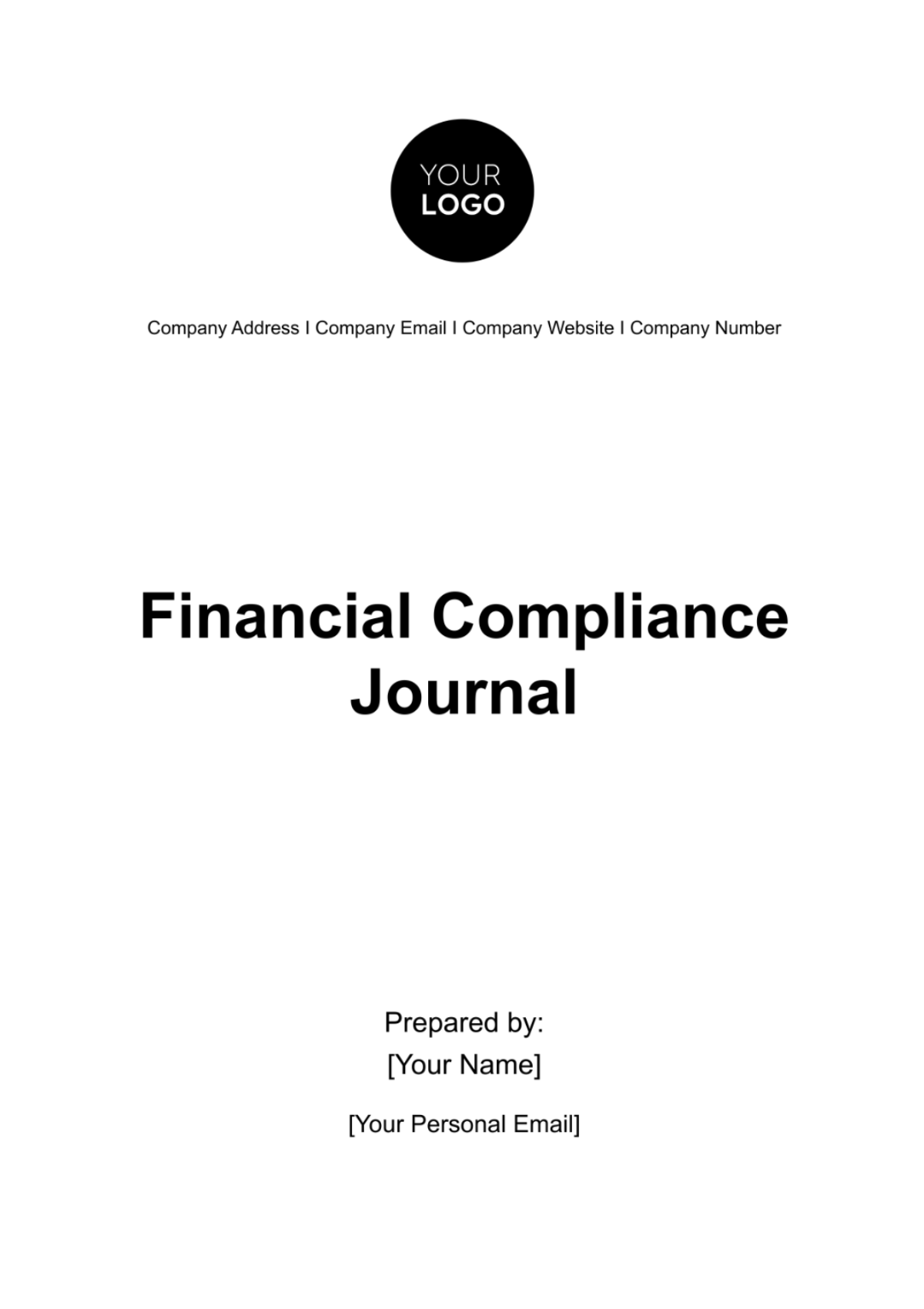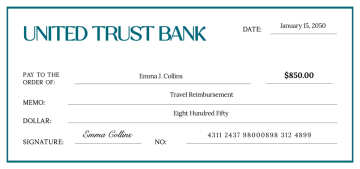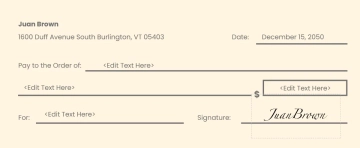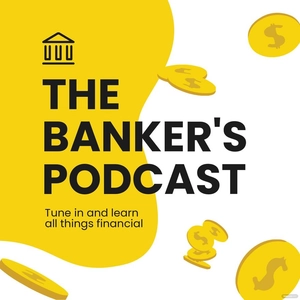Free Financial Compliance Journal

Introduction
The primary objective of this Financial Compliance Journal is to meticulously document and manage our organization's adherence to the financial regulations and standards that govern our industry. This journal serves as a central repository for all compliance-related information, including policies, procedures, training records, audits, and incident logs. Its purpose is to ensure that all aspects of our financial compliance are systematically recorded, easily accessible, and consistently updated.
Importance of Maintaining Financial Compliance
In the dynamic landscape of financial regulations, maintaining compliance is not only a legal obligation but also a cornerstone of our operational integrity and reputation. This journal plays a crucial role in:
Ensuring Transparency: It provides a transparent account of our compliance efforts, demonstrating our commitment to ethical practices.
Facilitating Audits and Reviews: The journal aids in efficient internal and external audits by providing organized and comprehensive compliance records.
Risk Management: It helps in identifying, assessing, and mitigating compliance-related risks, thus preventing potential legal and financial penalties.
Training and Awareness: The journal serves as a resource for training new employees and updating current staff on compliance policies and changes.
Decision-Making Support: By offering a detailed view of our compliance landscape, it supports informed decision-making at all organizational levels.
Through this journal, we aim to embed a culture of compliance within our organization, ensuring that all employees understand and uphold our standards, thereby safeguarding our business and stakeholders.
Regulatory Compliance Framework
This section of the Financial Compliance Journal provides a comprehensive overview of the relevant U.S. financial regulations and standards that are applicable to our organization. It also delineates how these regulations tangibly impact our day-to-day and strategic business processes.
Regulation/Act | Objective | Impact |
Sarbanes-Oxley Act (SOX) | Enhance corporate transparency and accountability. | Implementation of robust internal controls and audit procedures for accurate financial reporting and record-keeping in SOX compliance. |
Dodd-Frank Wall Street Reform and Consumer Protection Act | Reduce risks in the financial system, including oversight and regulation of financial institutions. | Ongoing assessment and modification of risk management strategies and financial practices to align with Dodd-Frank's requirements, focusing on consumer protection and financial stability. |
Payment Card Industry Data Security Standard (PCI DSS) | Ensure protective measures for cardholder data, especially for organizations handling credit card transactions. | Adherence to PCI DSS through secure data processing and storage systems, ensuring customer financial information protection. |
Federal Financial Institutions Examination Council (FFIEC) Guidelines | Focus on risk management and data security, particularly relevant to entities in the banking sector. | Compliance with FFIEC standards in banking operations, especially in risk assessment and cybersecurity measures. |
Securities and Exchange Commission (SEC) Regulations | Govern the securities industry, protecting investors and maintaining fair, orderly, and efficient markets. | Strict adherence to SEC guidelines in securities and investments activities, ensuring transparency and fairness. |
Compliance Policies and Procedures
In this section, we detail our organization's internal policies and procedures that have been meticulously crafted to ensure adherence to the various financial compliance regulations. These policies and procedures are integral to our operational framework, guiding our employees in maintaining the highest standards of financial integrity and regulatory compliance.
Policy | Objective | Procedure | Implementation |
Financial Reporting Policy | To ensure accuracy and transparency in financial reporting. | Regular internal audits. Strict documentation processes. Thorough reviews of financial statements before release. | Mandatory SOX compliance training for finance staff. Periodic updates on financial reporting standards. |
Data Security and Privacy Policy | To comply with PCI DSS and protect customer data. | Implementation of secure data encryption. Access controls. Regular cybersecurity assessments. | Regular training for staff handling sensitive data. Ongoing monitoring and IT security upgrades. |
Risk Management and Compliance Policy | To proactively identify and manage financial risks in line with regulations. | Comprehensive risk assessments. Development of risk mitigation strategies. Regular reporting to management. | Formation of a risk management committee. Oversight of risk assessment processes. Implementation of mitigation strategies. |
Anti-Money Laundering (AML) Policy | To prevent, detect, and report money laundering activities (FinCEN). | Stringent transaction monitoring. Due diligence checks. Reporting suspicious activities. | AML training for relevant employees. Regular internal audits. Designated officer for AML compliance. |
Compliance Calendar
In this section, we provide a comprehensive Compliance Calendar that outlines the crucial compliance dates and deadlines throughout the year. This calendar serves as a strategic tool for ensuring that we meet our obligations for financial reporting, audits, and regulatory filings in a timely and organized manner.
Compliance Activity | Deadline Date |
Annual Financial Audit | January 31 |
10-K Report Filing (SEC) | February 15 |
Internal SOX Compliance Review | March 15 |
Quarterly Financial Report (Q1) | April 30 |
PCI DSS Compliance Assessment | May 15 |
Annual Dodd-Frank Compliance Review | June 30 |
Quarterly Financial Report (Q2) | July 31 |
Internal AML Compliance Review | August 15 |
Annual CFPB Compliance Assessment | September 30 |
Quarterly Financial Report (Q3) | October 31 |
FATCA Compliance Review | November 15 |
Year-End Financial Reporting and Audit (10-K) | December 31 |
Risk Assessment and Management
In this section, we embark on a comprehensive journey into risk assessment and management, a fundamental aspect of our financial compliance efforts. We have identified various risks that may impact our operations and financial stability, assessed their likelihood and potential impact, and developed robust mitigation strategies to safeguard our organization.
Risk | Likelihood | Impact | Mitigation Strategies |
Market Volatility | High | Moderate | Diversification of investments, active monitoring of markets |
Credit Default | Moderate | High | Enhanced credit risk analysis, stricter lending criteria |
Data Breach | Low | High | Robust cybersecurity measures, regular security audits |
Regulatory Non-Compliance | Moderate | High | Regular compliance reviews, adherence to new regulations |
Operational Disruption | Moderate | Moderate to High | Redundancy in critical systems, disaster recovery plans |
Economic Downturn | Moderate | High | Scenario-based financial planning, cost-cutting measures |
Legal and Litigation Risks | Low | Moderate to High | Legal consultations, contract reviews, dispute resolution |
Compliance Training Records
In this section, we maintain a detailed record of the training sessions conducted for our employees on various compliance-related topics. This record encompasses not only attendance but also the assessment of the effectiveness of each training session, ensuring that our workforce is well-equipped with the knowledge and skills necessary for maintaining financial compliance.
Training Topic | Date | Duration (Hours) | Trainer | Attendance (Y/N) | Assessment (1-5) |
SOX Compliance and Reporting | [Date] | 3 | Compliance Team Lead | Y | 4 |
PCI DSS Data Security | [Date] | 2 | IT Security Expert | Y | 4 |
AML and Financial Crime Prevention | [Date] | 4 | Compliance Officer | Y | 5 |
Dodd-Frank Regulations | [Date] | 3 | Legal Counsel | Y | 4 |
Cybersecurity Best Practices | [Date] | 2 | IT Department Head | Y | 4 |
Consumer Protection and CFPB | [Date] | 3 | Compliance Specialist | Y | 5 |
FATCA Compliance | [Date] | 2 | Finance Manager | Y | 4 |
Note: Assessment: 1 - Ineffective, 5 - Extremely Effective
Audit Trail and Record
This section provides a comprehensive log of compliance audits conducted within our organization, encompassing both internal and external assessments. The audit records include details of audit findings and the subsequent corrective actions taken to address any identified issues, ensuring that our compliance efforts are continually refined and enhanced.
Audit Type | Date | Auditor | Audit Findings | Corrective Actions Taken |
Internal Audit #1 | [Date] | Internal Audit Team | Non-compliance with SOX documentation requirements. Inadequate cybersecurity measures. Identified credit risk exposure. | Updated documentation procedures to align with SOX. Strengthened cybersecurity protocols. Enhanced credit risk assessment. |
External Audit #1 | [Date] | External Audit Firm | Non-compliance with PCI DSS data security standards. Insufficient documentation for AML compliance. Minor violations of CFPB guidelines. | Implemented stringent data security measures to meet PCI DSS standards. Improved AML documentation processes. Addressed CFPB violations. |
Internal Audit #2 | [Date] | Internal Audit Team | Inconsistencies in FATCA reporting. Minor operational disruptions identified. Exception handling improvements needed. | Revised FATCA reporting procedures. Developed contingency plans for operational disruptions. Enhanced exception handling protocols. |
External Audit #2 | [Date] | External Audit Firm | Minor non-compliance with Dodd-Frank regulations. Incomplete risk assessment documentation. Strong adherence to SEC guidelines. | Addressed Dodd-Frank compliance gaps. Enhanced risk assessment documentation. Continued adherence to SEC guidelines. |
Incident Log
In this section, we maintain a detailed documentation of any compliance incidents or breaches that may have occurred within our organization. The incident logs provide insights into the nature of these incidents, the measures taken to manage and resolve them, and serve as a repository for lessons learned in enhancing our financial compliance measures.
Incident Date | Incident Type | Description | Incident Management |
[Date] | Data Breach | Unauthorized access to customer data due to a security vulnerability. | Immediate containment of the breach. Notification of affected customers and regulatory authorities. Implementation of enhanced cybersecurity measures. |
[Date] | AML Compliance Breach | Failure to report suspicious financial transactions as required by AML regulations. | Internal investigation and identification of missed reporting. Submission of the necessary reports to the relevant authorities. Reinforced AML training and compliance procedures. |
[Date] | SOX Documentation Issue | Incomplete documentation for a financial report required by SOX regulations. | Rapid compilation of missing documentation. Thorough review and update of financial reporting processes. Internal audit to ensure full SOX compliance. |
[Date] | Regulatory Non-Compliance | Minor violation of CFPB guidelines in customer communication practices. | Immediate cessation of non-compliant practices. Rectification of customer communications. Internal review and update of communication procedures. |
Continuous Monitoring and Reporting
In this section, we delineate our procedures for the ongoing monitoring of compliance within our organization. These procedures are designed to ensure that we maintain a proactive stance in upholding financial compliance standards. The table provides details on the formats and schedules used for this continuous monitoring process.
Compliance Aspect | Monitoring Format | Monitoring Schedule |
Financial Reporting | Internal Audits | Quarterly |
Data Security and Privacy | IT Security Assessments | Bi-Annually |
Regulatory Compliance | Compliance Reviews | Annually |
Risk Management and Assessment | Risk Assessments | Semi-Annually |
AML and Financial Crime Prevention | Transaction Monitoring | Ongoing (Real-time) |
Consumer Protection | Customer Complaint Logs | Monthly |
Global Compliance (FATCA) | Reporting and Documentation Checks | Bi-Annually |
Reviews and Updates
This section maintains a record of periodic reviews of our compliance policies and procedures, emphasizing the importance of staying aligned with changing regulations and industry best practices. The table showcases the updates made during these reviews.
Review Date | Policy/Procedure Reviewed | Updates Made |
[Date] | Financial Reporting Policy | Enhanced documentation requirements. Updated review and approval processes. |
[Date] | Data Security and Privacy Policy | Strengthened data encryption protocols. Updated incident response procedures. |
[Date] | AML and Financial Crime Prevention | Revised suspicious transaction reporting procedures. Enhanced customer due diligence checks. |
[Date] | Risk Management and Assessment | Updated risk assessment methodologies. Enhanced risk mitigation strategies. |
[Date] | Consumer Protection Policy | Updated customer communication guidelines. Enhanced handling of consumer complaints. |
[Date] | Global Compliance (FATCA) Policy | Updated reporting procedures for FATCA compliance. Clarified documentation requirements. |
Employee Declarations and Conflicts of Interest
In this section, we maintain a record of employee declarations related to conflicts of interest and compliance matters. Employee declarations are crucial in ensuring transparency and identifying potential conflicts that may impact our financial compliance. The table includes details of these declarations and any associated actions taken.
Employee Name | Declaration Date | Declaration Type | Description of Declaration | Actions Taken |
[Name] | [Date] | Conflict of Interest | Employee's spouse is a supplier to the company. | Recusal from supplier-related decisions. |
[Name] | [Date] | Compliance Concern | Suspected violation of data security protocols. | Investigation and corrective actions. |
[Name] | [Date] | Conflict of Interest | Employee holds shares in a competitor company. | Restricted access to competitor data. |
[Name] | [Date] | Compliance Concern | Reported discrepancies in financial reporting practices. | Internal audit and process improvements. |
Management and Board Oversight
This section documents the involvement of management and the board of directors in overseeing our compliance efforts. Their active engagement is essential in demonstrating our commitment to maintaining high standards of financial compliance.
Date | Meeting/Review Description | Attendees | Key Compliance Matters Discussed | Actions Taken or Decisions Made |
[Date] | Quarterly Compliance Review | CEO, CFO, Compliance Team | Review of quarterly compliance reports and risk assessments. | Emphasis on SOX compliance and risk mitigation. |
[Date] | Board of Directors Meeting | Board of Directors | Presentation on AML compliance and data security initiatives. | Approval of enhanced cybersecurity measures. |
[Date] | Risk Management Committee Meeting | Risk Management Committee | Discussion on risk assessment outcomes and mitigation strategies. | Approval of updated risk mitigation plans. |
[Date] | Audit Committee Review | Audit Committee | Review of audit findings and corrective actions from external audits. | Request for follow-up audit on AML compliance. |
External Resources and Contacts
In this section, we provide a comprehensive list of external advisors, consultants, and legal experts in financial compliance. These professionals play a crucial role in providing specialized guidance and expertise in navigating the complex landscape of financial regulations. The table includes their contact numbers and details of their engagement with our organization.
Name | Contact Number | Expertise Area | Engagement Details |
[Name] | [Number] | Regulatory Compliance | Regular consultation on regulatory changes and compliance strategies. |
[Name] | [Number] | Data Security and Privacy | Conducted cybersecurity assessments and provided recommendations. |
[Name] | [Number] | AML and Financial Crime Prevention | Ongoing AML compliance reviews and training sessions. |
[Name] | [Number] | Legal Compliance | Legal consultations on compliance-related matters and contract reviews. |
[Name] | [Number] | Risk Assessment and Management | Periodic risk assessments and assistance in risk mitigation planning. |
Conclusion and Recommendations
In conclusion, our Financial Compliance Journal serves as a comprehensive documentation of our commitment to financial compliance excellence. We have meticulously outlined our compliance initiatives, risk assessments, incident logs, and the involvement of key stakeholders.
Our current state of compliance reflects a proactive approach to adhering to financial regulations. We have established robust policies, conducted regular audits, and addressed incidents swiftly. Employee declarations and external expert engagements further strengthen our compliance posture.
Recommendations
Enhance employee training and awareness programs to further mitigate risks and ensure a culture of compliance.
Continue strengthening data security measures to adapt to evolving threats.
Maintain the practice of periodic policy reviews to stay aligned with changing regulations.
Explore additional external resources for specialized compliance areas.
- 100% Customizable, free editor
- Access 1 Million+ Templates, photo’s & graphics
- Download or share as a template
- Click and replace photos, graphics, text, backgrounds
- Resize, crop, AI write & more
- Access advanced editor
The Financial Compliance Journal Template from Template.net is a meticulously crafted tool for documenting and tracking financial compliance activities. Editable and customizable in our AI Editor tool, it's ideal for professionals aiming to maintain accurate records of compliance-related actions and decisions. This template simplifies the process of keeping a detailed compliance journal, ensuring regulatory adherence and operational efficiency.





























